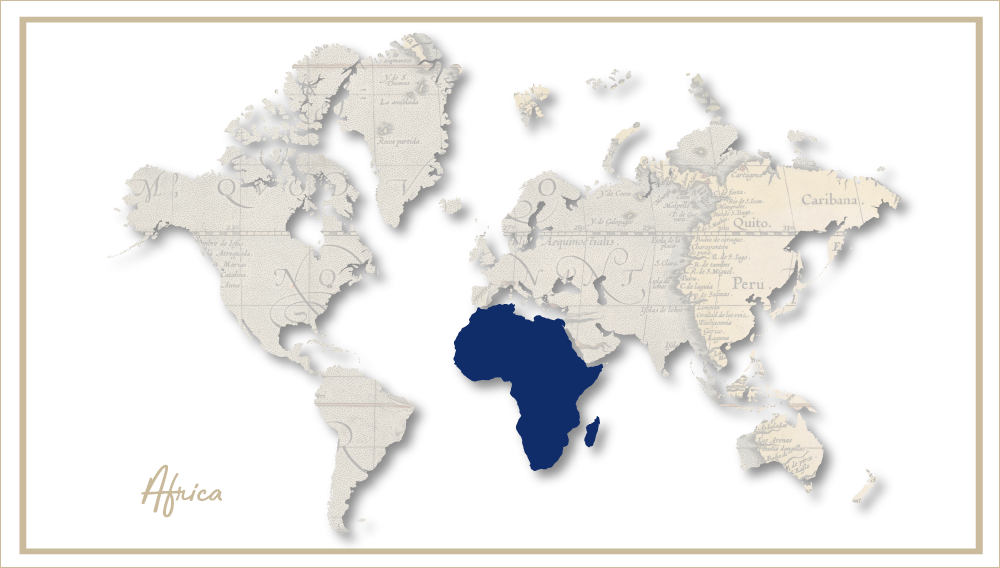Heineken has chosen a site for a brewery
Apparently, Heineken does not want to take on SABMiller on its own. That’s why it has partnered with Diageo to build a brewery south of Johannesburg.
Following the announcement in early 2007 that Heineken has severed its (almost historic) ties with the South African unit of SABMiller, it has taken the Dutch brewer a full year to find a site for the construction of a brewery. Heineken’s chance to expand in South Africa came in March 2007 when an International Chamber of Commerce court ruled to terminate SABMiller’s licence to brew and distribute Heineken’s Amstel beer in South Africa.
Amstel dominated South Africa’s premium beer market, accounting for 9 percent market share. SABMiller said at the time that the licence loss would cost it USD 80 million in annual profits and some percent in market share which then stood at 98 percent of the domestic beer market.
According to local media reports, SABMiller has clawed back half of Amstel’s 9 percent share, or 2.5 million hl, by promoting its own premium beers such as Hansa Marzen Gold, Peroni Nastro Azzurro and Castle Light. The premium segment is growing nicely in South Africa which is why SABMiller will launch its recently acquired Grolsch later this year.
London-based SABMiller recently said its share of the South Africa beer market is now around 93-94 percent, while Heineken has been shipping its Amstel beer from Europe and building up its South African distribution.
Heineken’s Regional President for Africa and Middle East, Tom de Man was quoted as saying that the location of the brewery was a difficult decision based on far more than just geology, geography and infrastructure. What he did not say was that SABMiller probably threw its weight about behind the scenes and let it be known how unwelcome Heineken’s intentions were.
In the end Heineken found a site in southern Johannesburg.
Interestingly, Heineken and Diageo will construct and operate the brewery which will be owned 75 percent by Heineken and 25 percent by Diageo (Guinness). Are we supposed to read more into this partnership? Or is it just a local thing, a marriage of convenience?
The Sedibeng brewery site covers 80 hectares. The brewery itself will have an initial capacity of 3 million hl, with the built-in flexibility to expand. It will produce Amstel, Guinness and Windhoek beers and also "ready-to-drink" Smirnoff Ice-like products.
Work is already underway on the site and construction is expected to be completed by the end of 2009.
It is anticipated that the brewery will initially create approximately 225 jobs at all levels.
A second site considered as a potential location for the brewery in Ekurhuleni, northeast of Johannesburg, is still under consideration for other operations.
People close to the action have argued that Heineken and Diageo may face difficulties building a brewery in a country plagued by power shortages and much construction work directed towards the football World Cup in 2010. But once it is finished it would be a big challenge to SABMiller’s position.
Earlier in March, Heineken, Diageo and Namibia Breweries announced that they would extend their relationship in South Africa. The three decided form a new joint venture for their combined beer, cider and RTD businesses. The new joint venture builds on Brandhouse Beverages, the parties’ current cost-sharing joint venture in South Africa, which markets and distributes their beers in South Africa.
Heineken and Diageo will each own 42.25 percent of the new joint venture and Namibia Breweries will own 15.5 percent. Each party will share in the profits in proportion to their shareholding.
Across both new ventures, Heineken’s total net investment will be EUR 260 million. In the first two years, Diageo will invest GBP 100 million in both joint ventures. The investment meets Heineken’s and Diageo’s return criteria, it was reported.


